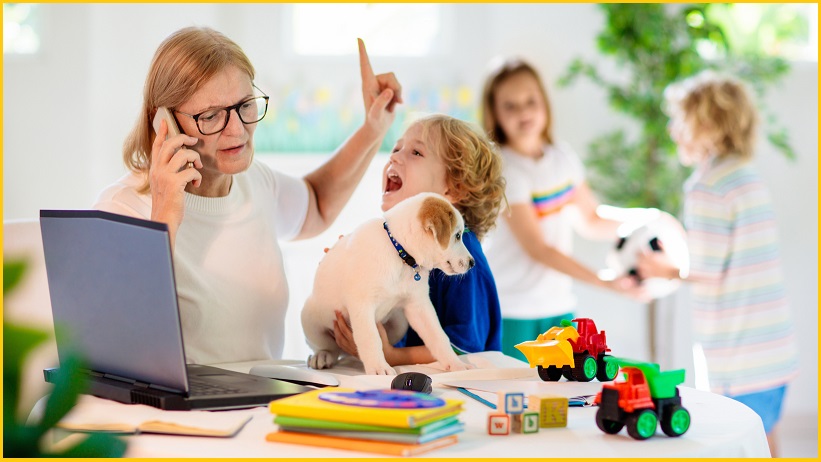As Australians battle through tough lockdown periods, workers are becoming increasingly fatigued with the restrictions and isolations.
At first, working from home was welcomed.
But after forced lockdowns, remote working and isolation, declines in productivity and innovation are beginning to surface.
A recent study, Engagement and Recognition @Work, commissioned in April 2021 by global software firm Achievers, found faltering engagement among employees who are working from home.
Achievers’ Asia Pacific arm commissioned Australian market insights company StollzNow Research to survey more than 1,500 employees across Australia and Singapore.
The study found more than 35 per cent of employees in Australia feel less engaged while working from home compared to less than 25 per cent who feel more engaged.
The rest were ambivalent towards the paradigm shift.
Disengagement in Singapore was even higher: nearly 50 per cent feel less engaged compared to only 12 per cent who felt more engaged.
Senior fellow at the Stanford Institute for Economic Policy Research, Nicholas Bloom, believes productivity will plummet during the coronavirus crisis.
Bloom, widely known for his research showing the benefits of working from home, fears a collapse in office face time will lead to a slump in innovation.
“The new ideas we are losing today could show up as fewer new products in 2021 and beyond, lowering long-run growth.”
One of his studies based on a control trial on 1,000 employees of Ctrip, a Chinese travel company, revealed that working from home during a nine-month period led to a 13 per cent increase in performance – almost an extra day of output per week – plus a 50 per cent drop in employee-quit rates.
Ctrip employees were given flexibility and chose the days they wanted to work from home and days at the office.
Bloom said what is happening today is a completely different ballgame under COVID conditions, thanks for to four factors: children, space, privacy and choice.
“Working alongside our kids in unsuitable spaces with no choice and no in-office days will create a productivity disaster for firms,” said Bloom.
“Many people I have been interviewing are now working in their bedrooms or shared common rooms, with noise from their partners, family or roommates.”
“In-person collaboration is necessary for creativity and innovation,” Bloom added.
His research has shown that face-to-face meetings and engagement are essential for developing new ideas and keeping staff motivated and focused.
Bloom suggests the following engagement practices: regular check-ins between managers and employees; maintaining schedules separate from work life and family life; and collaborating with colleagues on video calls rather than phone calls.
Macquarie University management expert Professor Rebecca Mitchell said innovation could be more challenging when individuals are forced to work from home (WFH) without adequate collaborative communication supports.
“WFH may compromise processes such as brainstorming, rapid prototyping, user focus, and experimentation which typically require a conducive physical space and involve interdependencies between multiple individuals.”
While research suggests that collaborative communications can enable innovation in virtual (non co-located) teams, this may not be available to individuals working in lockdown-related WFH environments.
“Even with collaborative technology, some innovation-supporting processes like prototyping and experimentation require equipment that is not available when individuals are WFH,” she added.
A key contributor to creativity and innovation is diversity.
Bringing together teams comprised of different functional areas multidisciplinary teams is linked to novel ideas and thus innovation.
“This is difficult to achieve virtually without specific collaborative technology – it is particularly difficult to undertake activities that incorporate a spontaneous idea-generating team-based component,” she said.
Professor Mitchell said one key factor where employers can help is added value.
“Managers need to organise events and activities etcetera that convey the added value to work and to employees of being physically co-located at work.”
This could include any activity where: individuals can benefit from building on each other’s work (high interdependence), particularly if the processes are non-routine; people benefit from interaction with an end-user; and it contributes to relationship-building while meeting the company’s needs.










